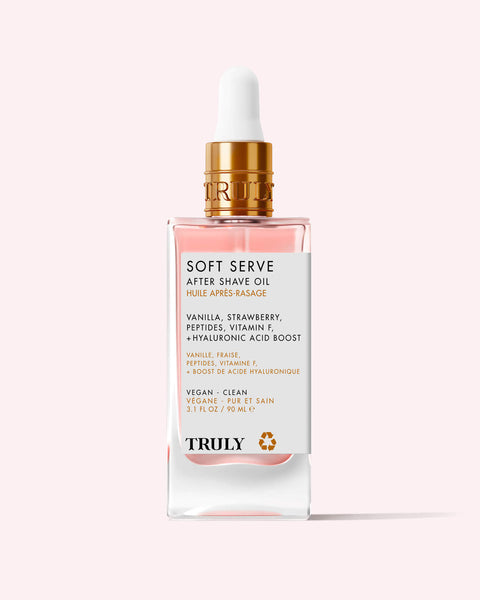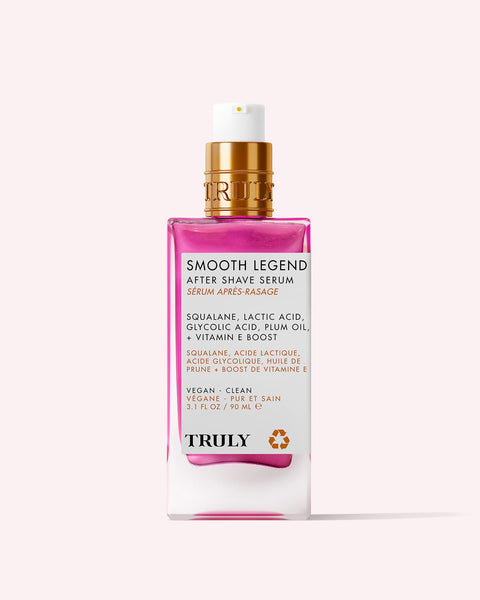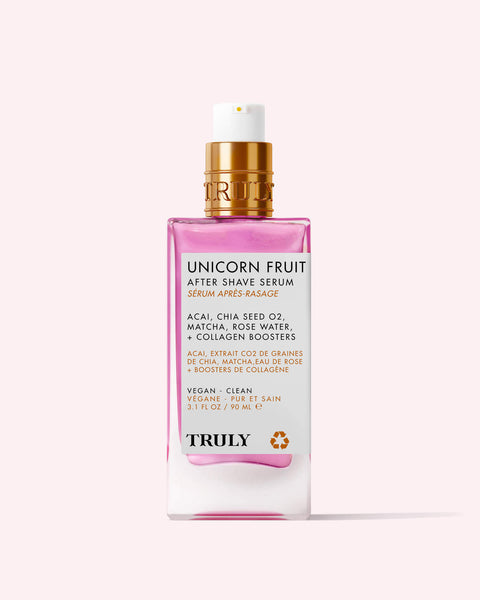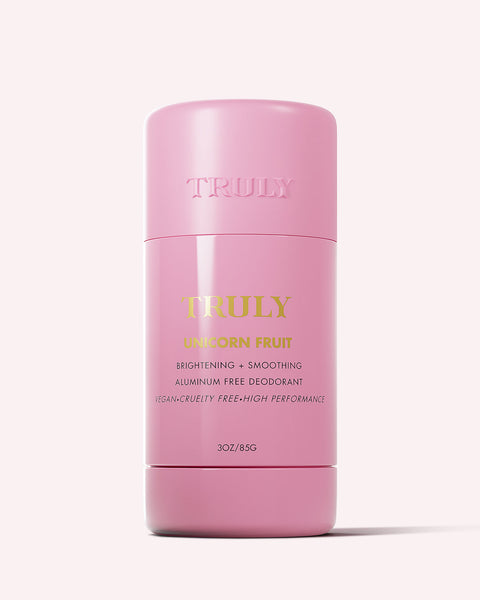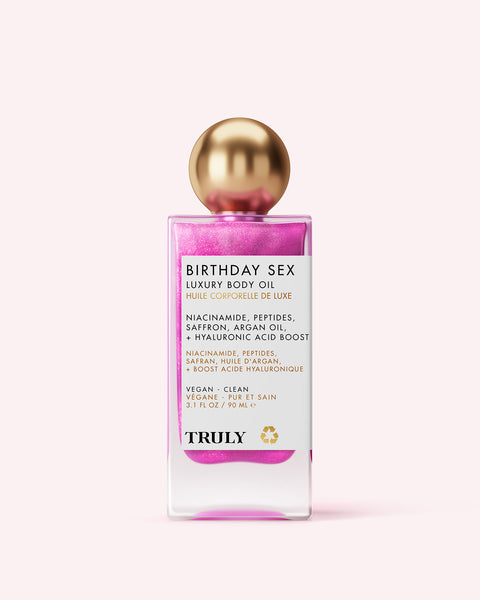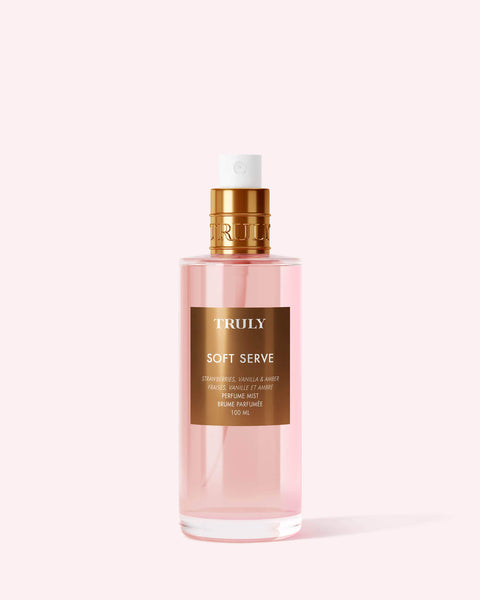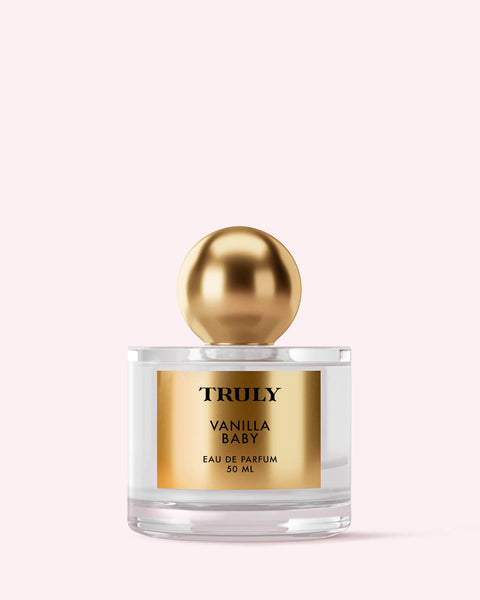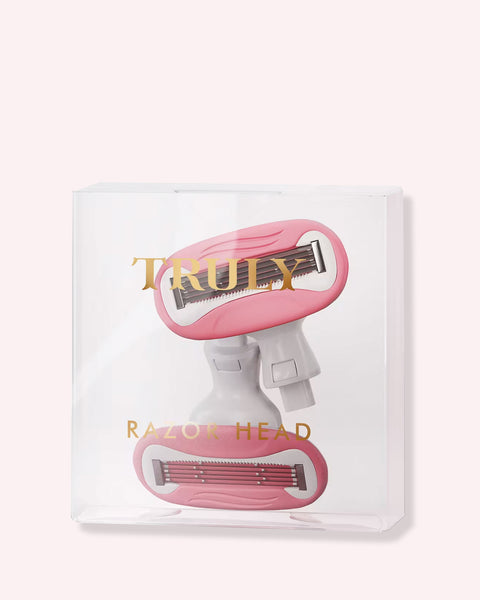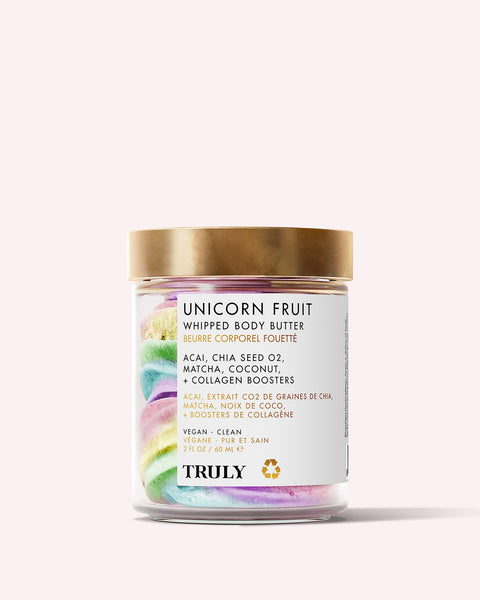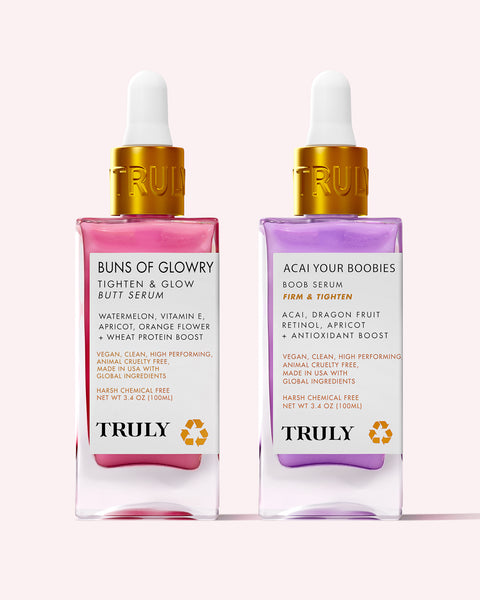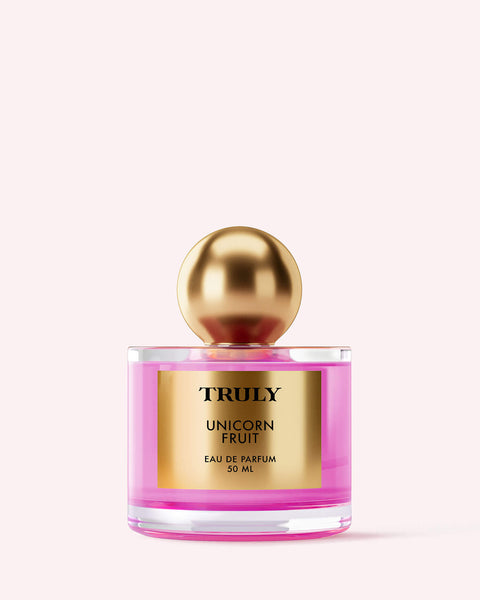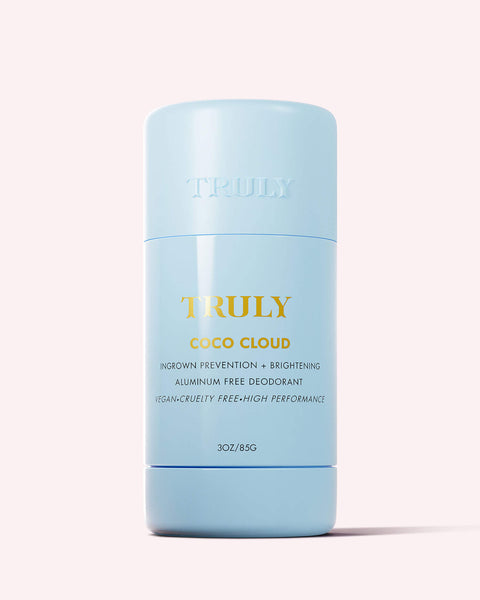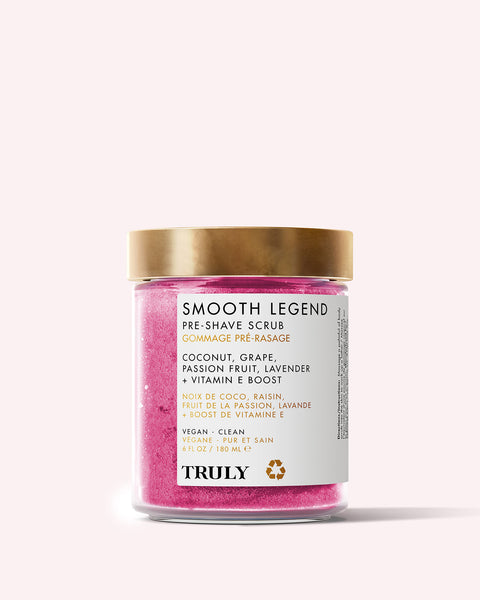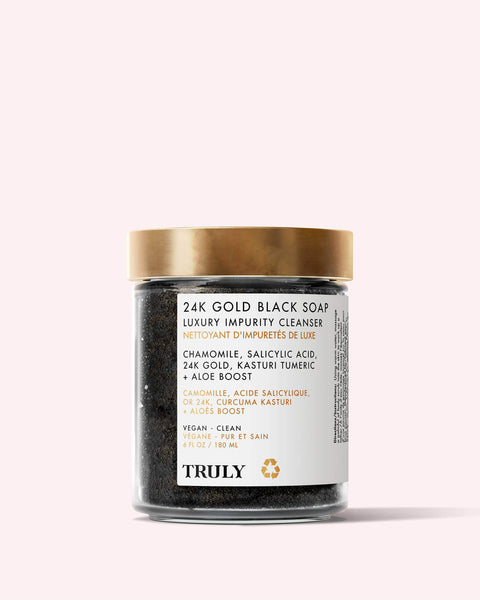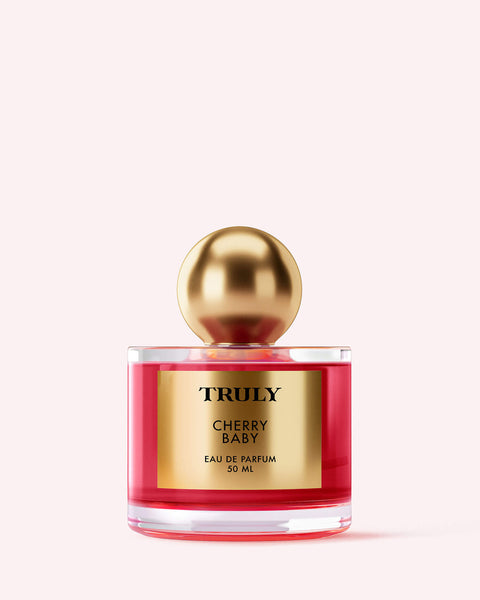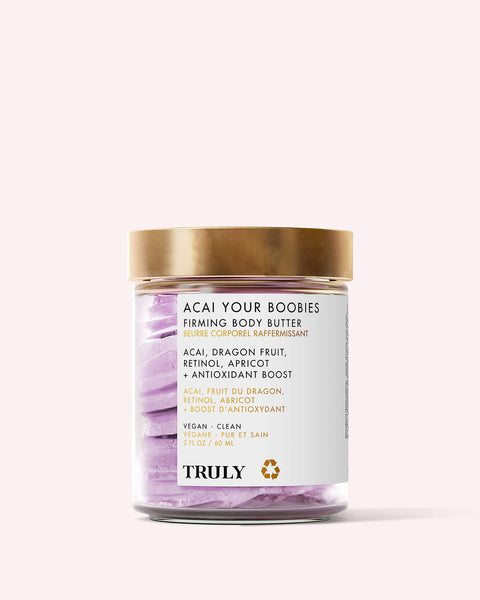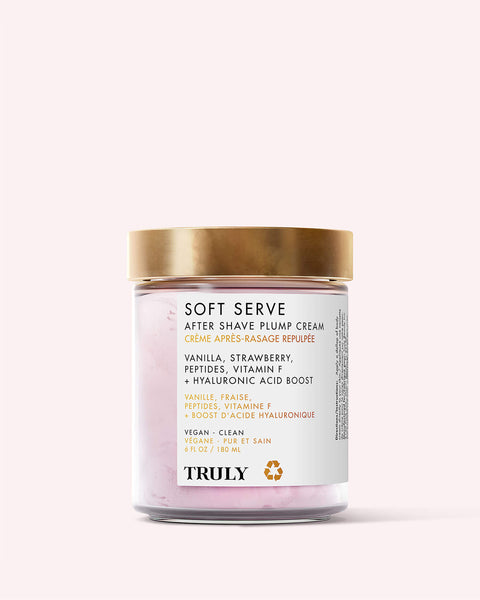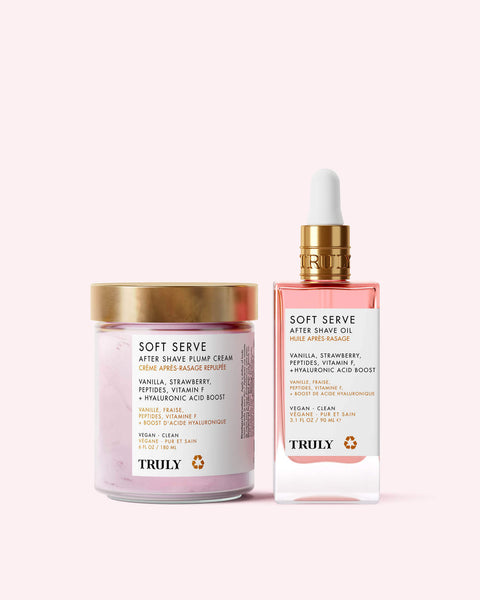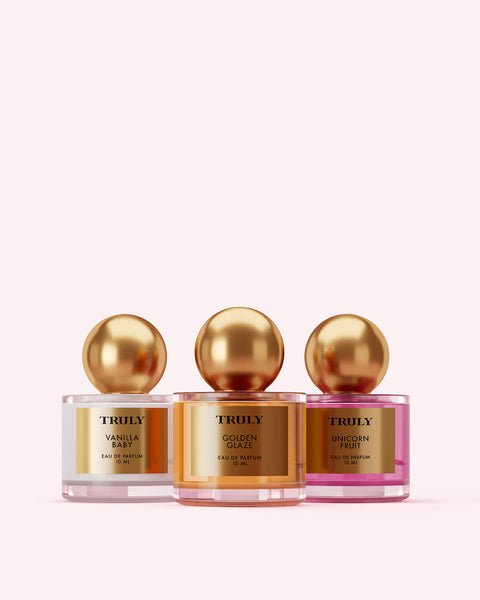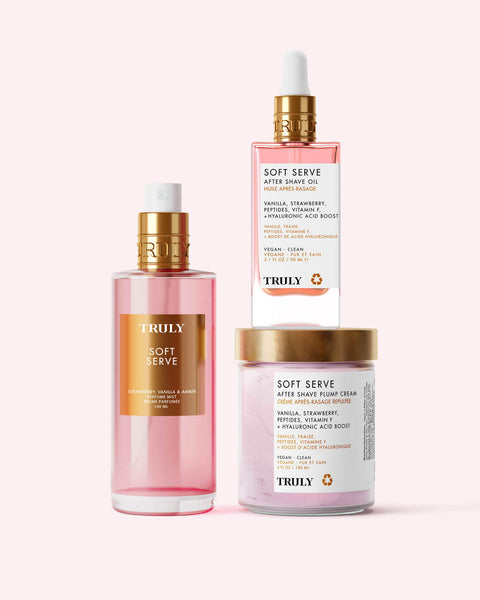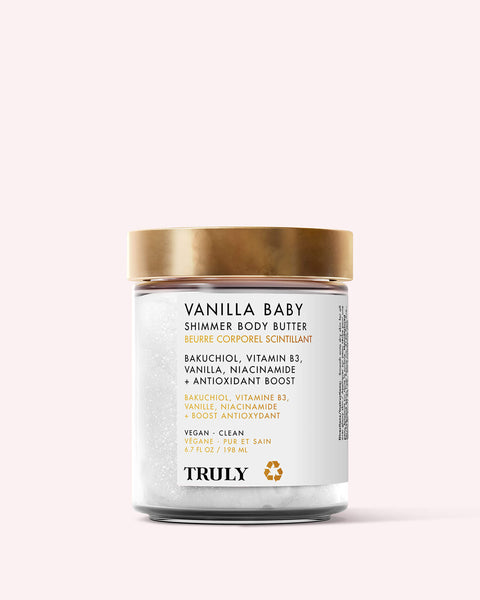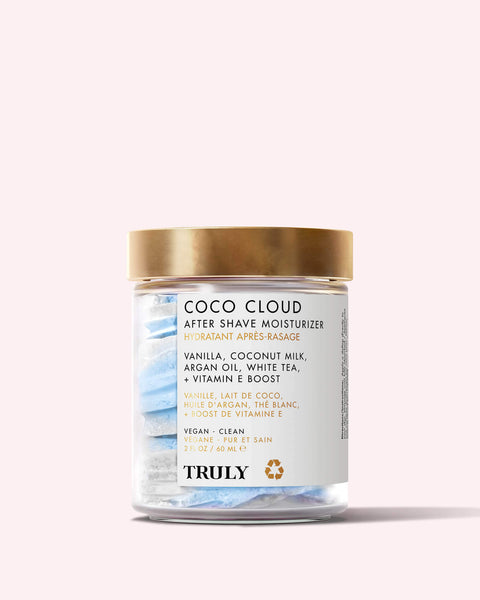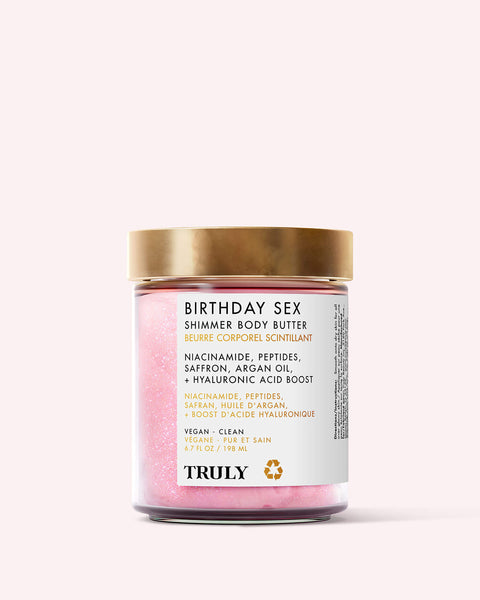What is AHA and BHA? Your Complete Guide
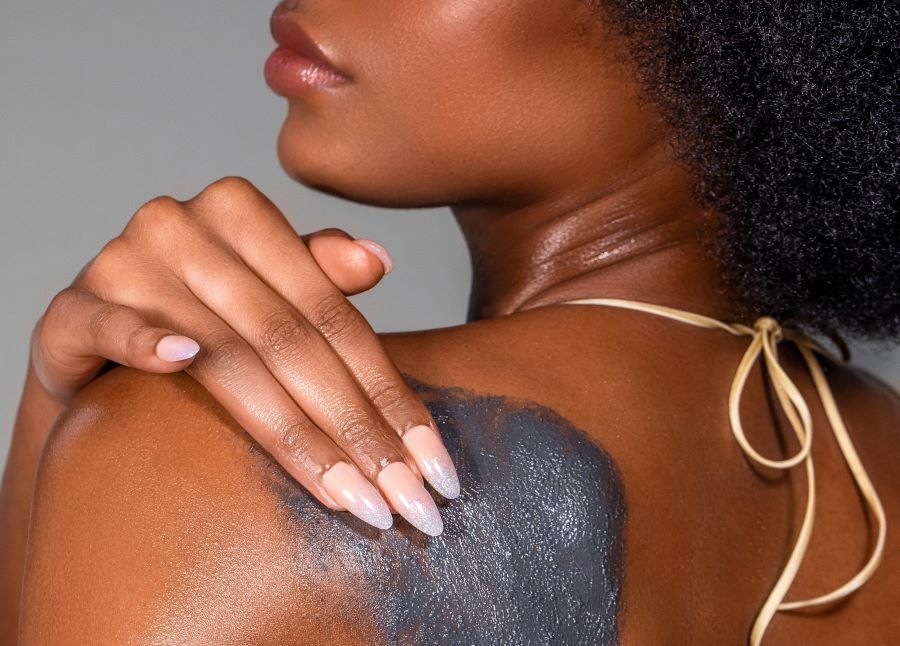
What is AHA and BHA? If you want smooth, radiant skin, exfoliating should be in your skincare routine. For a long time, face scrubs have been the way to go for sloughing off dead skin cells and impurities. But they’re not always the best choice, especially if you have sensitive skin. Since they work to manually remove dead cells, scrubs tend to be abrasive and can irritate the skin. That’s where chemical exfoliants like AHAs and BHAs come in.
AHA and BHA are exfoliating acids that dissolve the glue that holds dead cells together and penetrate the pores to remove excess oil. Whether you’re dealing with fine lines, breakouts, or hyperpigmentation, AHAs and BHAs can treat a number of skin concerns. Here’s everything you should know about the difference between AHA and BHA.
What is AHA and BHA?
AHAs (alpha hydroxy acids) and BHAs (beta hydroxy acids) are acids that help promote the skin’s natural exfoliation process. AHAs such as glycolic acid help to lift dead cells from the skin’s surface, allowing new more evenly pigmented cells to generate for a fresh and clear complexion. BHAs such as salicylic acid also work on the surface of the skin but because they’re oil-soluble, they penetrate deep into the pores to remove excess sebum and dead cells.
Both types of hydroxy acids can benefit all skin types. However, AHAs are generally best for aging skin while BHAs are recommended to those with oily skin or acne-prone skin. That being said, both help to remove dead cells, unclog pores, even out skin tone, improve skin texture, and reduce inflammation. Dermatologists say they may even be helpful for those with skin conditions like rosacea.
You’ll find AHAs and BHAs in various skincare products, ranging from cleansers to serums, creams to masks and lotions. These active ingredients can help with a number of skin concerns. In some cases, you may even benefit from using both.
What is AHA?

AHA is a type of exfoliating acid known as alpha hydroxy acid. AHAs are water-soluble acids derived from milk, sugarcane, and fruit sources, used to exfoliate the skin. According to dermatologists, they work both on the epidermis and the dermis (the outer layer and deeper layer of the skin).
AHAs increase the shedding of dead skin cells on the surface of the skin by dissolving the bonds between dead cells. This helps to unclog pores, clear blemishes, and improve overall skin tone and texture. AHAs also boost collagen production, making it a go-to ingredient for people wanting to fade fine lines and wrinkles.
Types of AHAs
While there are numerous types of AHAs, the most common alpha hydroxy acids include lactic acid and glycolic acid. Lactic acid is the gentlest one, making it the most suitable choice for those with sensitive skin. Other varieties of AHAs include malic acid, citric acid, mandelic acid, and tartaric acid.
What is BHA?

BHA is another type of exfoliating acid known as beta hydroxy acid. BHAs are oil-soluble and work both on the skin’s surface and deep inside the pore to buff away dirt, dead cells, and excess oil. They’re particularly effective for treating acne. By working inside the pore, BHAs help to remove all that buildup of gunk, oil, and dead cells to treat and prevent blackheads, whiteheads, and pimples. Plus, they’re known for busting acne-causing bacteria.
Besides combating acne, BHA can help to calm sensitive skin, reduce acne-related inflammations, and even ease symptoms associated with eczema and rosacea. BHA exfoliants can benefit pretty much all skin types.
Types of BHAs
Beta-hydroxy acid almost always refers to the ingredient salicylic acid. Salicylic acid is a chemical exfoliant that promotes naturally shedding of dead cells to smooth out rough, bumpy skin. Its ability to banish bacteria and absorb oil also makes it effective for unclogging pores and targeting acne breakouts.
Shop AHA and BHA Skincare
We’ve rounded up the best AHA and BHA products that you can use to achieve fresh, plump, and radiant skin.
Truly’s 24K Gold Black Soap Luxury Butter Impurity Cleanser
SHOP NOW
Buff away blemishes with this impurity-erasing daily cleanser. It’s formulated with salicylic acid, African black soap, and charcoal to remove dead cells, absorb grime, and reveal clear, blemish-free skin. It’s also infused with 24k gold to restore skin’s elasticity for a firmer look and feel.
Truly’s Bodne Routine
SHOP NOW
A 4-step body acne set designed to cleanse, mist, moisturize and spot treat your way to a blemish free bod. You get: a body cleanser, lotion, mist, and pimple patches all infused with a blend of AHAs and BHAs such as lactic acid, glycolic acid, salicylic acid, and mandelic acid.
Truly’s Barbie™ Bright Serum
SHOP NOW
Shimmer and sparkle with the Barbie™ Bright Serum. Powered by AHAs and BHAs, this pretty pink serum resurfaces and purifies while nourishing skin with powerful antioxidants to unlock your clearest, brightest skin ever. Targets: body acne, uneven skin texture, and hyperpigmentation.
AHA vs BHA
What is AHA and BHA? Before using either of these ingredients in your skincare routine, it’s worth getting familiar with the main differences between AHA and BHA. While all hydroxy acids have some similarities, they also have their fair share of differences. AHAs, for instance, are known as water-soluble exfoliants while BHAs are oil-soluble. In other words, AHAs work on the skin’s surface and BHAs work on the surface and within the pores.
AHA products are best for those looking to improve the appearance of fine lines, wrinkles, and sun damage. Meanwhile BHA products are considered the most useful for treating clogged pores, uneven skin texture, and acne.
According to the experts, BHAs are considered the milder of the two options due to their larger molecular weight. AHAs, on the other hand, may pose a higher risk of skin irritation—especially if you have sensitive skin. That being said, both are considered safe for topical use and usually without side effects.
What Does AHA and BHA Do to Your Skin?
Alpha hydroxy acids and beta hydroxy acids are chemical exfoliants commonly used in skincare to improve the texture and appearance of the skin. Here are the benefits of AHAs and BHAs.
AHA Benefits
Exfoliation: AHAs are water-soluble acids that work on the skin’s surface, exfoliating the outermost layer of dead skin cells. By exfoliating the skin, they help to smooth the skin’s texture, making it look more radiant and feel softer.
Stimulation of Collagen Production: AHAs, especially glycolic acid, stimulate the production of collagen and elastin in the skin. Collagen is essential for maintaining skin elasticity and firmness.
Hyperpigmentation and Uneven Skin Tone: AHAs can help fade dark spots, sun damage, and hyperpigmentation by encouraging the shedding of pigmented skin cells.
Enhanced Product Absorption: AHAs enhance the absorption of other skincare products, allowing them to penetrate more effectively into the skin—and ultimately, work harder.
BHA Benefits
Exfoliation Inside Pores: BHAs, such as salicylic acid, are oil-soluble. This allows them to penetrate into the pores and exfoliate dead skin cells and excess sebum inside the pores, preventing blackheads and whiteheads.
Acne and Blemish Control: BHAs are effective in treating acne-prone skin by unclogging pores and preventing the formation of acne lesions. They are particularly useful for those with oily or combination skin.
Reduces Inflammation: BHAs boast anti-inflammatory properties, helping to calm redness and irritation associated with acne and other skin conditions including rosacea.
AHAs and BHAs both contribute to skin exfoliation, but they differ in their specific mechanisms and target areas. AHAs work on the skin’s surface, promoting overall skin renewal and addressing issues like fine lines and hyperpigmentation, while BHAs get deep into the pores, making them particularly effective for treating acne.
How to Combine AHAs and BHAs
Now you know what is AHA and BHA let’s take a look at how to combine them. For starters, it’s perfectly safe to combine AHA and BHA—as long as you do it properly. The safest way to use AHA and BHA together is by using one product that contains both hydroxy acids. If you have dry skin or sensitive skin, avoid layering AHAs and BHAs on top of one another as they can cause irritation when used at the same time.
Instead, try to alternate the days in which you are using AHA and BHA products. Alternatively, use one in your morning skincare routine and the other one in the evening. This will give each product time to absorb without increasing your chances of irritation.
Always make sure you finish with sunscreen (SPF 30 or higher, ideally) as acids can make skin more sensitive to the sun. Plus, it’ll provide you with the protection needed to avoid premature signs of aging.
What is AHA and BHA? Both AHAs and BHAs are chemical exfoliants that brighten skin, combat acne, soften fine lines and wrinkles, and fade hyperpigmentation. Everyone can benefit from AHAs and BHAs in skincare.
Watch our acne-clearing products in ACTION:





